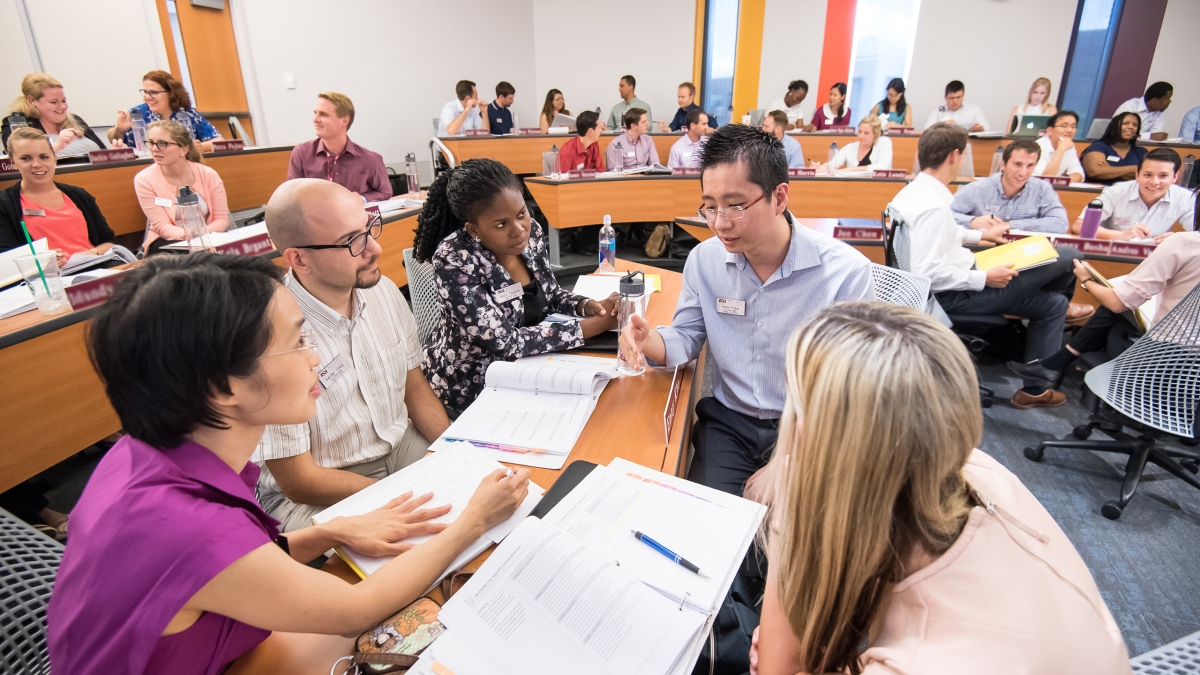Today, AACSB International — the world’s largest business education network — recognizes Arizona State University's W. P. Carey School of Business among 25 business schools as a highlight of its Innovations That Inspire member challenge.
An annual initiative, the challenge recognizes institutions from around the world that serve as champions of change in the business education landscape. This year’s theme, “Catalysts for Innovation,” emphasizes business education’s efforts to elevate entrepreneurial thinking and new business creation.
The W. P. Carey School of Business is recognized for its Interdisciplinary Applied Learning Labs, which is an immersive course that pairs full-time MBA students and non-business graduate students with local organizations to solve real-world problems in fields such as biomedical engineering, mechanical engineering, social work and public school financing.
“I’m so proud this course has been recognized,” W. P. Carey School Dean Amy Hillman said. “It represents the ingenuity and innovation that makes this university great — and it reminds us of the enormous impact a few good ideas can have when these creative qualities are put together in an entrepreneurial environment, in the hands of students with diverse backgrounds and experience.”
Now in its fifth year, the Innovations That Inspire challenge has highlighted more than 120 business school efforts that exemplify forward-looking approaches to education, research, community engagement or outreach, and leadership. To date, members of AACSB’s Business Education Alliance have shared nearly 1,000 innovations, creating a robust repository in AACSB’s DataDirect system to inform and inspire fellow members and the industry.
“The demand for innovation that engages experts across disciplines and addresses the needs of both local and global communities has never been more apparent than in these unprecedented times,” said Thomas R. Robinson, president and CEO of AACSB. "We are honored to feature the W. P. Carey School of Business for its valuable role in elevating entrepreneurship through research, teaching and community engagement.”
More Business and entrepreneurship
Sustainability leader and ASU alum honored for transforming business with a people-first approach
Long before Jim Fish ('86 BS in accountancy) became president and CEO of WM — formally Waste Management — in 2016, he…

ASU business students take on the big leagues
Each year, sports fans from across the country flock to Arizona to attend major events like the Waste Management Phoenix Open,…

With help from ASU and a viral TikTok, an entrepreneur soars
Nearly five years ago, Ruben Trujillo saw his entrepreneurial dream slipping away as he wondered how he would pay his rent.Now,…


